
India's steel demand may get support from construction

A likely slowdown in new order inflows for construction companies from the road, bridge, highway and irrigation segments may be offset by increased spending on affordable housing, urban metro rail, water supply and sewage, and railway projects, said ratings agency India Ratings and Research (IRR).
Most construction companies are likely to see healthy revenue growth on the strength of their existing order books, the IRR said.
The construction sector accounts for over 60pc of India's steel demand and has been the key driver of India's steel demand growth over the past decade.
The real estate market is likely to see increased sales following a 200bn rupee ($3bn) fund set up by Delhi to jumpstart stalled projects, while a reduction in corporate tax rates will increase the ability of developers to have more funds to execute projects, said a report by property consultancy Anarock.
"With the government's aid to projects that are stuck because of last-mile funding, the coming quarters may witness an improvement in completion and availability of ready-to-move-in inventory," said Anarock. "The government's focus on affordable housing is expected to further provide an impetus to this segment." But it cautioned that new project launches may remain slow as developers are likely to be cautious about starting such projects in a slow economic environment.
The IRR said while large real estate developers may thrive in the next few months, small players may struggle with lower sales and their inability to raise funds from banks.
The sector outlooks for construction and real estate could be positive for the steel industry. But concerns over a slowing manufacturing sector, weak GDP growth, low domestic demand and the private sector's unwillingness to invest in new capacity are likely to persist.
Private-sector think-tank the Centre for Monitoring Indian Economy (CMIE) has forecast India's GDP growth for the April 2019-March 2020 fiscal year at 5.9pc, the slowest since 2012-13.
India's economic slowdown has largely been driven by a slump in domestic demand as job losses in several sectors have eroded the spending power of consumers, while corporates and real estate developers have slowed investments and new project starts.
Steel mills have responded with production cuts and increased exports, slashing offer prices in key overseas markets such as the EU and Vietnam to reduce their unsold inventories. Indian mills produced crude steel at a rate of 10.5mn-12mn t/month from January-May but have since reduced output rates to 8mn-9mn t/month.
"Consumption is unlikely to show a pick-up in the second half of 2019-20," said CMIE. Low farm incomes as a result of a fall in crop output during the summer sowing season and job cuts in sectors such as automobile, textile, gems and jewellery "have created an unfavourable environment for demand to rise", it said.
Delhi has reduced corporate tax rates to spur private investments, but this may not materialise because of significant excess capacity in sectors such as automobile and cement. India's industrial production shrunk by 1.1pc in August, a pace of deceleration not seen since November 2012, according to government data.


Codelco seeks restart at Chilean copper mine after collapse
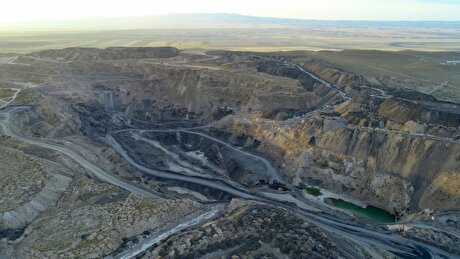
Uzbek gold miner said to eye $20 billion value in dual listing

Hudbay snags $600M investment for Arizona copper project
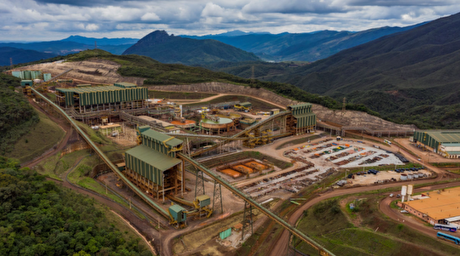
BHP, Vale offer $1.4 billion settlement in UK lawsuit over Brazil dam disaster, FT reports

Peabody–Anglo $3.8B coal deal on the brink after mine fire
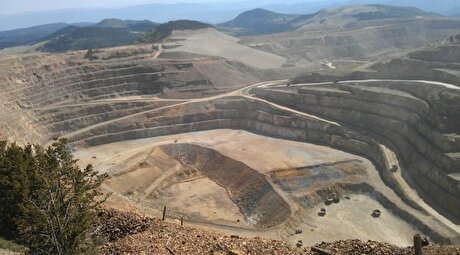
SSR Mining soars on Q2 earnings beat
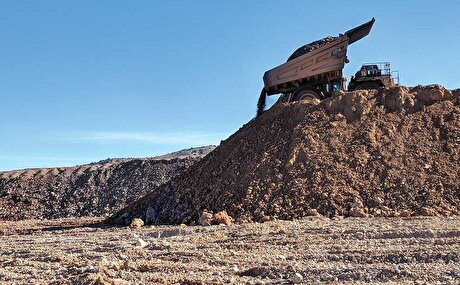
Minera Alamos buys Equinox’s Nevada assets for $115M

Century Aluminum to invest $50M in Mt. Holly smelter restart in South Carolina

A global market based on gold bars shudders on tariff threat
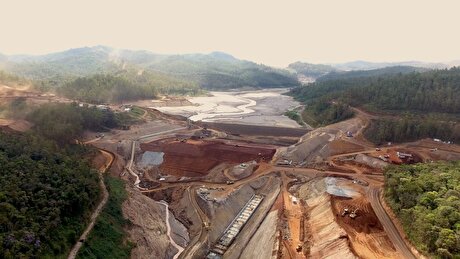
Samarco gets court approval to exit bankruptcy proceedings
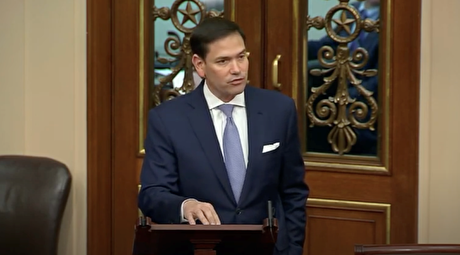
US eyes minerals cooperation in province home to Reko Diq

Allegiant Gold soars on 50% financing upsize

Explaining the iron ore grade shift

Metal markets hold steady as Trump-Putin meeting begins

Trump to offer Russia access to minerals for peace in Ukraine

Gemfields sells Fabergé luxury brand for $50 million

Gold price stays flat following July inflation data

Eco Oro seeks annulment of tribunal damage ruling
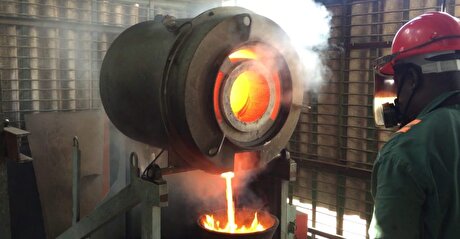
Zimbabwe labs overwhelmed as gold rally spurs exploration, miner says

Samarco gets court approval to exit bankruptcy proceedings

US eyes minerals cooperation in province home to Reko Diq

Allegiant Gold soars on 50% financing upsize

Explaining the iron ore grade shift

Metal markets hold steady as Trump-Putin meeting begins

Trump to offer Russia access to minerals for peace in Ukraine

Gemfields sells Fabergé luxury brand for $50 million

Gold price stays flat following July inflation data

Eco Oro seeks annulment of tribunal damage ruling














